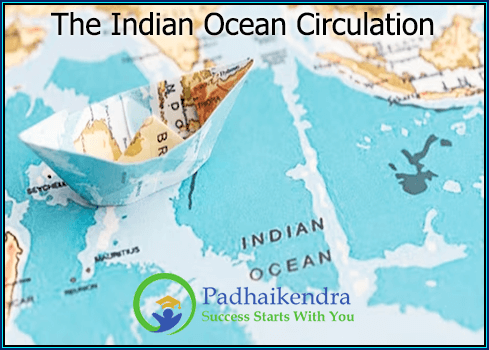The circulation of the Indian Ocean is driven by a combination of wind, temperature, and salinity differences, which create a complex system of interconnected ocean currents that circulate water around the basin. The circulation is known as the Indian Ocean Gyre and is responsible for redistributing heat and nutrients around the globe.
The Indian Ocean Gyre can be broken down into several main components:
- The Indian Monsoon Currents: These are a group of currents that flow along the western coast of India and Sri Lanka. During the summer months, the southwest monsoon causes a strong southwesterly current to develop, while during the winter months, the northeast monsoon causes a weaker northeasterly current.
- The Equatorial Currents: These are a group of eastward-flowing currents that circulate around the equator in the Indian Ocean. The Equatorial Currents play a key role in redistributing heat and nutrients around the Indian Ocean Basin.
- The Somali Current: This is a warm, northward-flowing current that flows along the eastern coast of Africa. The Somali Current is an important source of heat and moisture for the Arabian Peninsula and southern Asia.
- The South Equatorial Current: This is a warm, eastward-flowing current that flows along the southern edge of the Indian Ocean. The South Equatorial Current is an important contributor to the warm temperatures in southern Australia.
- The Agulhas Current: This is a strong, warm, southward-flowing current that flows along the eastern coast of South Africa. The Agulhas Current is a major contributor to the warm temperatures in the southwestern Indian Ocean.
In addition to these main currents, the Indian Ocean Gyre also includes a number of other currents, including the East African Coastal Current, the Mozambique Current, and the West Australian Current. These currents play a role in redistributing heat and nutrients around the Indian Ocean Basin and are influenced by a variety of factors, including wind, temperature, and salinity differences.





